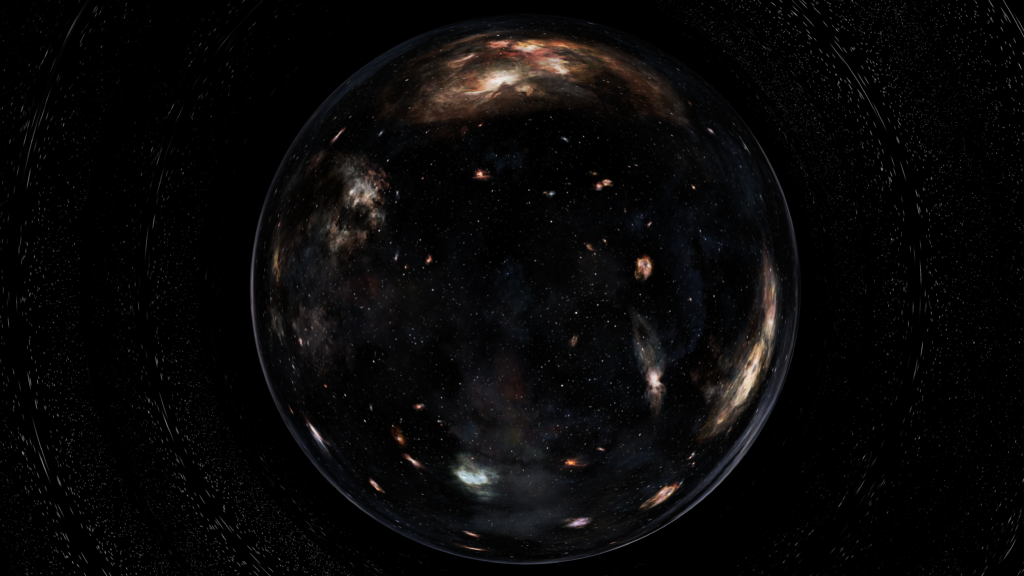A small group of astrophysicists associated with several Chinese scientific institutions came to the conclusion that if wormholes were real, they could magnify light by 100,000 times. The results of the study are presented in an article published in the journal Physical Review Letters.

Wormholes are hypothetical “tunnels” in space-time connecting different regions of the Universe. Some astrophysicists believe that wormholes can be used to travel faster than the speed of light, or to send messages.
Chinese scientists have wondered whether wormholes are capable of creating, bending and magnifying light, similar to how the most massive objects in the Universe, in particular, black holes, do. During the study, they found that it was possible to calculate how the electric charge associated with the wormhole would distort the light passing by it. They also found theoretical evidence that microlensing events generated by wormholes would be similar to the lensing of black holes, which would make it difficult to determine their source.
At the same time, previous studies have shown that black holes can split the light that passes by them, producing a different number of copies of the object located behind them. Scientists suggest that the wormhole would be able to generate only three copies of the image behind it — two identical and dim, and one bright. And if such copies really exist, they assume the possibility of a huge increase. Calculations show a light magnification of 100 thousand times, which is much more than in the case of black holes.
According to scientists, this difference may be the way to distinguish black holes from wormholes. Of course, in the event that wormholes really exist. But if so, they could become a valuable tool for astronomers, allowing them to study very distant and dim objects that no telescopes can see.
You can also read about how the gravitational lens helped the James Webb Telescope to see the birth of the first stars in early galaxies.
According to https://phys.org
Follow us on Twitter to get the most interesting space news in time
https://twitter.com/ust_magazine

